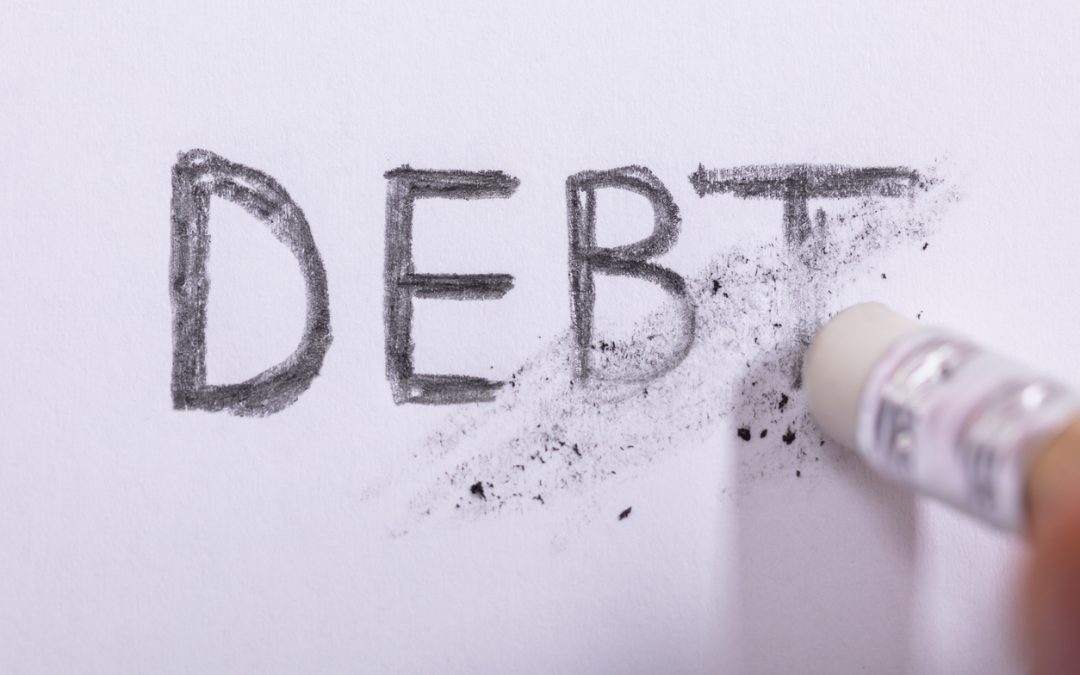Most of us have debt in some form — mortgages, loans for education or cars, credit cards, medical bills and more. Debt and the stress that comes with it is unavoidable for most, and it’s easy to become overwhelmed.
Debt can feel insurmountable, and that takes its toll on your mental well-being.
Fortunately, there are many ways to work your way out of debt. Here are a couple of the most common:
Snowball method
This plan for debt reduction is popular because it’s pretty intuitive. The snowball method involves paying the monthly minimum on all but your smallest debt, and paying as much as you can on that one until the debt is gone.
The process continues until you get to your most intimidating debt — and pay that one off too.
The snowball method breaks debt down into digestible sections, making it easier to manage and less frightening. Financial instability can have a profound effect on your state of mind — don’t underestimate the effectiveness of mental tricks like this one.
Paying off the first, smallest debt relatively quickly brings a surge of accomplishment. Relieving that anxiety can provide the impetus to move on to the next smallest debt and so on, until you’re debt-free.
Avalanche method
Some people find starting with the scariest, highest-interest debt is more helpful.
The top-down, or “avalanche,” approach means paying as much as you can on the biggest, highest-interest debt, and the minimum on the rest.
You’ll pay less interest over your lifetime, and getting the most intimidating balance out of the way will make your smaller debts seem much easier to handle.
That said, the biggest, highest-interest debt will take you the longest to pay off, and that could sap your momentum. Consider your mindset before picking a method.
Responsible debt relief
Though those two popular methods call for different approaches to debt, they have some things in common. Both require you to make a budget, be realistic, and stick to the plan.
Going into this with intention is essential.
And it’s a good idea to create an emergency fund first — anywhere from a few hundred dollars to enough to cover three to six months of your living expenses. That cushion means you’ll be prepared for unforeseen expenses and won’t need to take on more debt (i.e., another loan or a credit card) to pay for them.
Other factors to consider
Your feelings are important. The snowball method could make sense if you need small victories to keep going, but the avalanche method also appeals to a particular sort. And your decision need not depend just on the interest rate.
Is there a debt that’s weighing on you particularly? The student loan payments that have dogged you since graduation? That time your sister lent you money? There’s a lot to be said for debts with emotional components that aren’t necessarily proportional to the money involved. Washing your hands of one of these could give you the emotional lift to tackle everything else.
The bottom line
Getting out of debt, and the stress that comes with it, isn’t easy. The only way is through hard work and discipline, but if you take it one step at a time and stick to your plan, it gets a lot less difficult.




